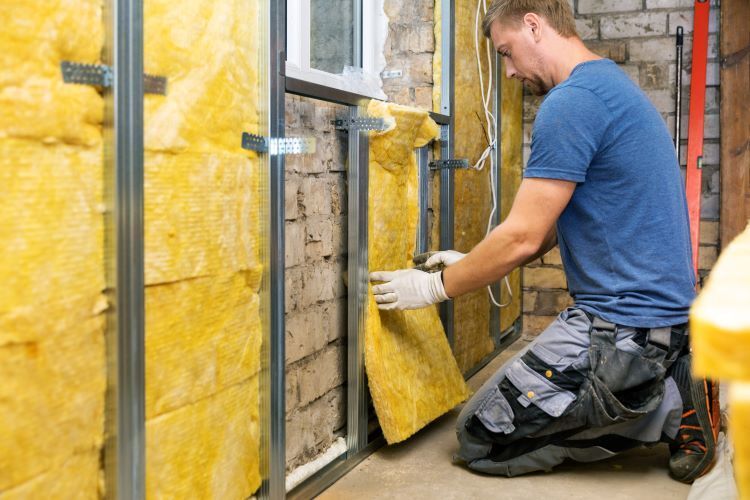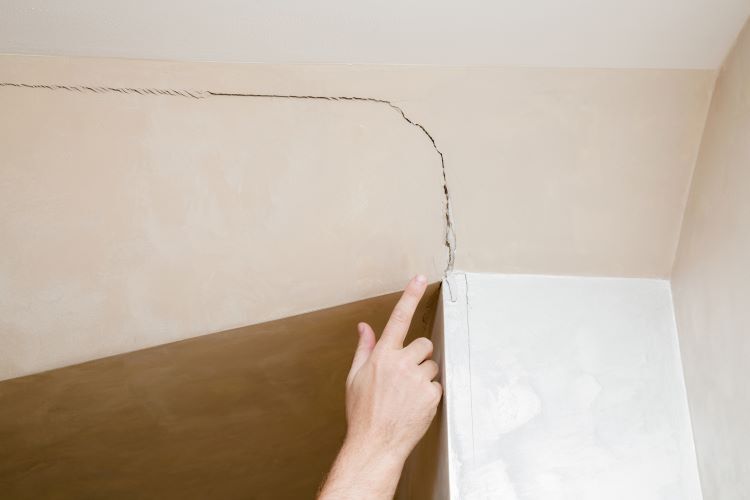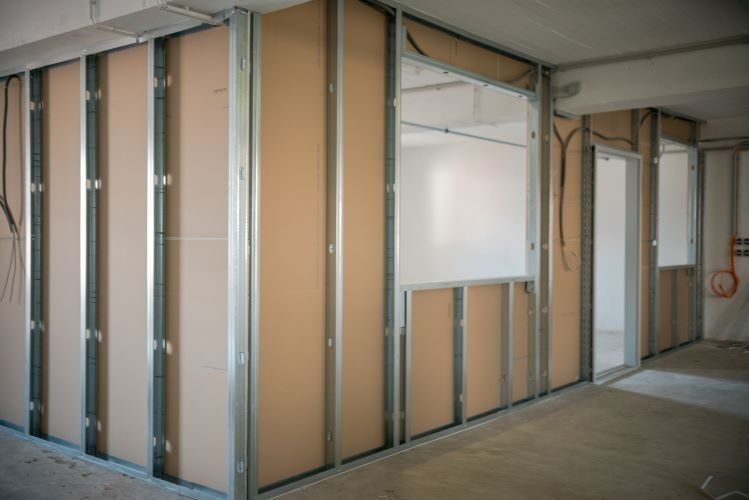How Drywall and Insulation Work Together

In the realm of construction and home improvement, the collaboration between drywall and insulation is a dynamic duo that contributes significantly to comfort, energy efficiency, and overall quality of living spaces. As a trusted drywall company in Calgary, Alberta, Calgary Drywallers understands the intricate relationship between these two components and their combined impact on residential and commercial properties. In this article, we'll delve into how drywall and insulation work together to create superior indoor environments.
Understanding Drywall and Insulation:
Before we explore their synergy, let's first define drywall and insulation:
- Drywall: Drywall, also known as gypsum board or plasterboard, is a versatile building material used to create interior walls and ceilings. It consists of a core of gypsum sandwiched between layers of paper or fiberglass, providing strength, fire resistance, and sound insulation.
- Insulation: Insulation materials are designed to reduce the transfer of heat, cold, and sound between indoor and outdoor environments. Common types of insulation include fiberglass, cellulose, foam board, and mineral wool, each offering unique properties and performance characteristics.
How Drywall and Insulation Work Together:
- Thermal Regulation: Insulation serves as a thermal barrier, minimizing heat transfer between indoor and outdoor spaces. By installing insulation within wall cavities and attic spaces, it helps to maintain consistent indoor temperatures, reducing the workload on heating and cooling systems. Drywall acts as a protective layer over insulation, enhancing its performance by minimizing air infiltration and maximizing thermal resistance.
- Sound Dampening: Both drywall and insulation contribute to sound control within buildings. Insulation materials absorb sound waves, reducing noise transmission between rooms and floors. Drywall further enhances sound dampening by providing a solid surface for insulation installation and minimizing sound reverberation within enclosed spaces.
- Fire Protection: Drywall is inherently fire-resistant, thanks to its gypsum core, which contains water molecules that are released when exposed to high temperatures. Insulation materials can also provide additional fire protection by slowing the spread of flames and reducing the risk of fire-related damage to structural elements and occupants.
- Moisture Management: Insulation plays a crucial role in preventing moisture buildup within wall cavities and attic spaces. By reducing condensation and humidity levels, insulation helps to mitigate the risk of mold growth and structural damage. Drywall complements this function by providing a durable, moisture-resistant surface that protects the underlying insulation and structural components.
- Energy Efficiency: The combined efforts of drywall and insulation contribute to improved energy efficiency in buildings. By minimizing thermal bridging and air leakage, they help to create a more airtight building envelope, reducing heating and cooling costs and enhancing overall energy performance.
In summary, drywall and insulation work hand in hand to create comfortable, energy-efficient, and acoustically pleasing indoor environments. Calgary Drywallers' expertise in drywall installation ensures that your walls and ceilings are properly finished and ready to complement the performance of your insulation system. With this winning combination, you can enjoy enhanced comfort, reduced energy bills, and superior indoor living spaces for years to come.
You might also like


